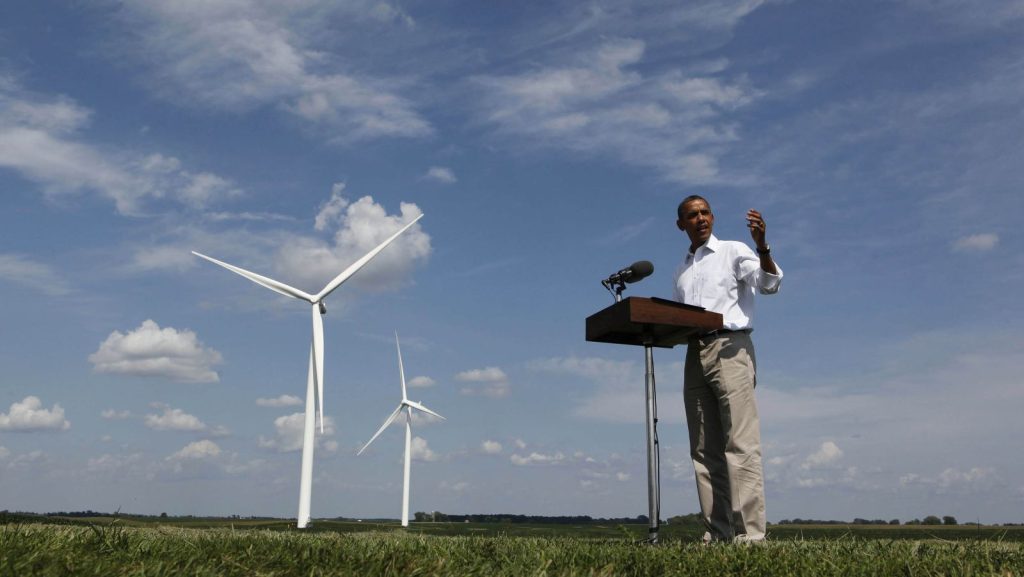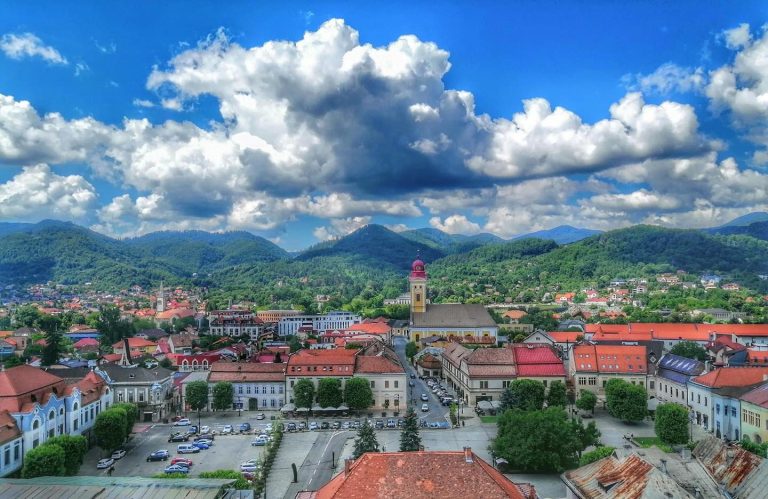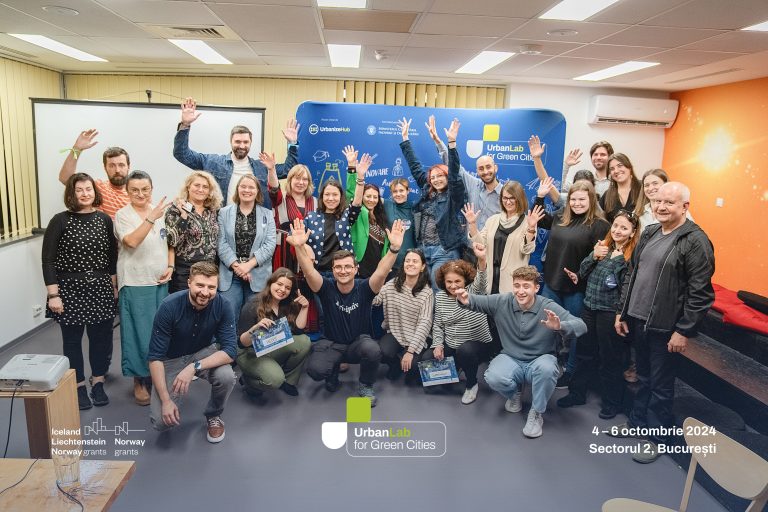“Understanding the threats posed by climate change and extreme weather are critical to protecting people, homes, businesses and livelihoods. Data must be part of the solution”.
This powerful statements belongs to Janet Ranganathan, vice president for science and research at the World Resources Institute. The institute, along with several other companies, investors, international and governmental entities is part of what is called “The Partnership for Resilience and Preparedness” (PREP).
Confronting proliferating evidence on the severity of climate change, the White House announced a new platform in September which would allow various stakeholders to access climate data from federal sources such as NASA or NOAA more easily. It is because community resilience is so important, that connecting decision makers with the data they require – combining open data and open-source computing – is vital.
This open-source platform manages to link vast data from federal agencies to city planners and local governments. Several private entities such as Google Earth Engine or Amazon Web Services have already promised to provide data and technical support. Environmental hazards will be easily observable, projections and reports accessible and climate trends, along with vast technical information will not be the exclusive property of federal agencies anymore.
Moreover, more states devote resources not only to reducing emissions and stopping climate change, but also to tracking the progress of every city or region in this endeavor. An example is the “Climate Action in Megacities 3.0” (CAM 3.0) report, closely examining the battle of the world’s cities against climate change.
More regional and global knowledge exchange is needed, along with a better inter-city collaboration. However, recent efforts have allowed decision makers to carry out more informed decisions and have also allowed for better information sharing opportunities concerning the climate. Consequently, such undertakings will hopefully lead to beneficial environmental outcomes in the future.
Photo: qz.com







